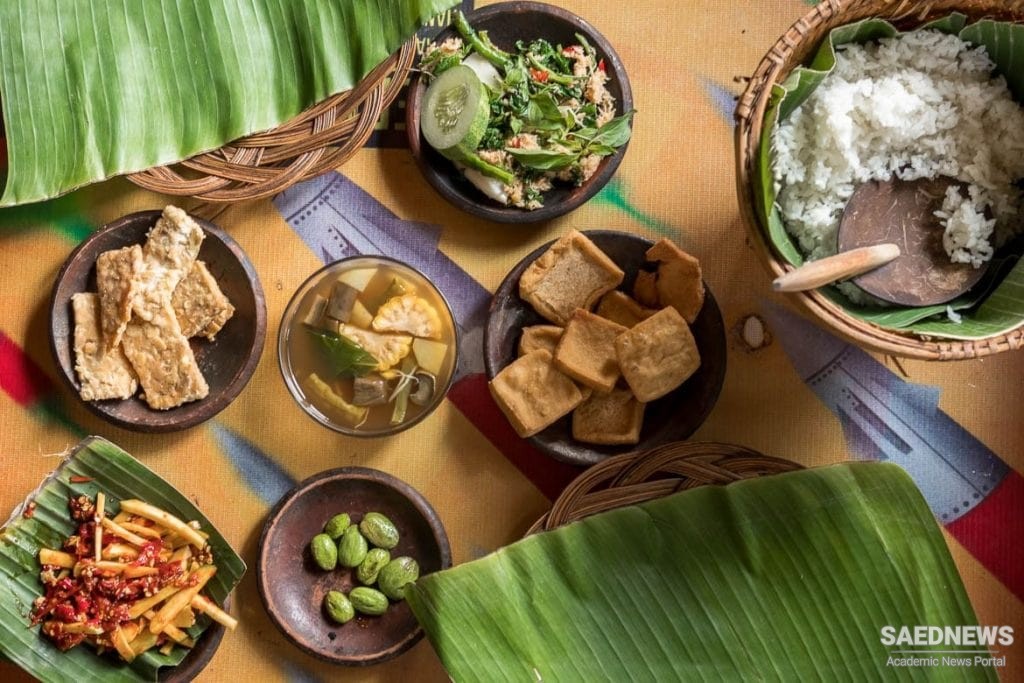As food and drink manifests culture so easily and readily, this is part of why food and drink are ‘naturals’ for deployment as one of tourism’s strong product features. The ‘story’ delivering culture in association with a place takes time to arrive. Most recently, however, e.g. in the 20th century, transport types becoming faster and more diffuse – and also often more individualized as with the private car – led to certain associated food and drink places appearing and developing their own culture, heritage even, rather quickly. The roadhouse, motel, drive-in food provision, and diner are examples, and these were following in the vein of the coaching inn before them. Langdon, in delivering the Foreword to Witzel’s book about the American Drive-In, says that ‘The uniquely American experience of the drive-in restaurant reflects the twentieth-century’s ascent of unprecedented mobility and informal living styles’. Augé argues, ‘place becomes necessarily historical from the moment when – combining identity with relations – it is defined by a minimal stability’. Doubtless, as part of the greater acceleration of matters in contemporary society, is that it accepts a hastened moment of arrival of an acceptance and interpretation of a setting as established.
The difficulty with certain quick-arrival new type introductions is deciding their level of cultural identity in themselves – and in contrast to any individual elements contained within – as opposed to by their feature of type. De Botton found attraction and personality in a UK motorway service station, despite ostensible reasons to do otherwise saying: ‘The building was architecturally miserable, it smelt of frying oil and lemon-scented floor polish, the food was glutinous and the tables were dotted with islands of dried ketchup from the meals of long-departed travellers, and yet something about the scene moved me. There was poetry in this forsaken service station’.
He then extended this purview saying, ‘Its appeal made me think of certain other equally and unexpectedly poetic travelling places – airport terminals, harbours, train stations and motels’.
The airport does portray a certain culture, but to an extent only of its kind, rather than from where it is. Augé sees airports as ‘non-places’ along with, among others, ‘aircraft, trains and road vehicles … railway stations, hotel chains, leisure parks’, and all of which non-places and including too ‘high-speed roads’ he regards as ‘the real measure of our time’. Nonetheless, concerning airports, to be noticed by any person well-travelled is how place-specific aspects can be manifested there, even through a framework of globally-ubiquitous type, and certainly in some of the food and drink on offer and its style of delivery. Pascoe says that airports ‘should be treated not as the sterile transitory zones with which we are all familiar, but as “vessels of conception” for the societies passing through them’. This suggests airports not be bland and without shade of character and to offer dimensions of providing opportunity to experiment and make novel effort. This perhaps might include buying or consuming any unusual foreign foods or drinks available in duty free shop of airport café or restaurant.


 Food Tourism, Growing Hunger Crisis and Capitalist Ambitions
Food Tourism, Growing Hunger Crisis and Capitalist Ambitions














































